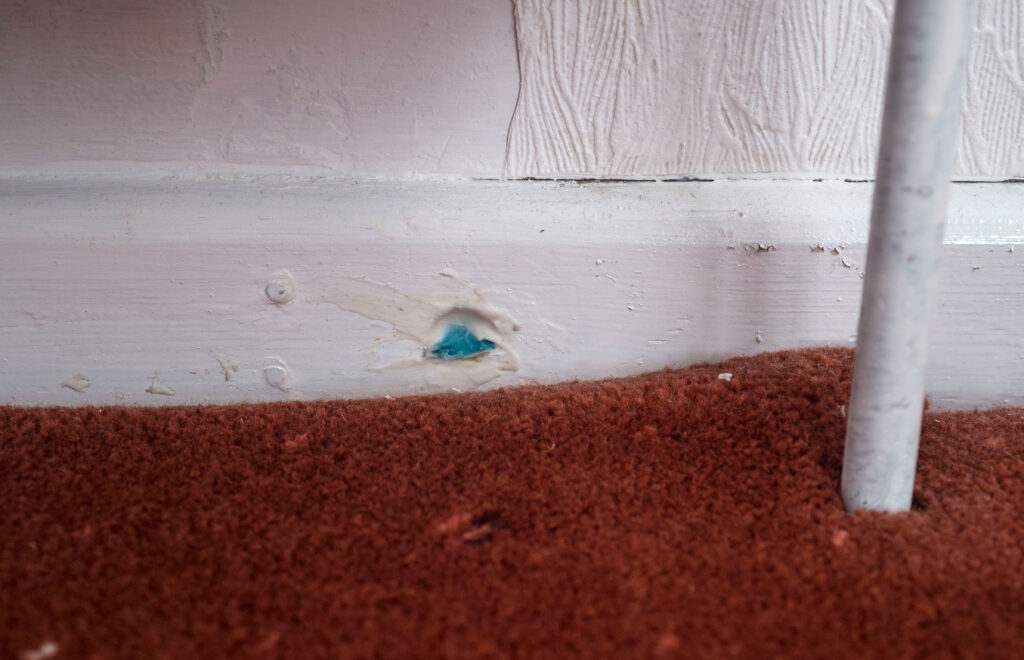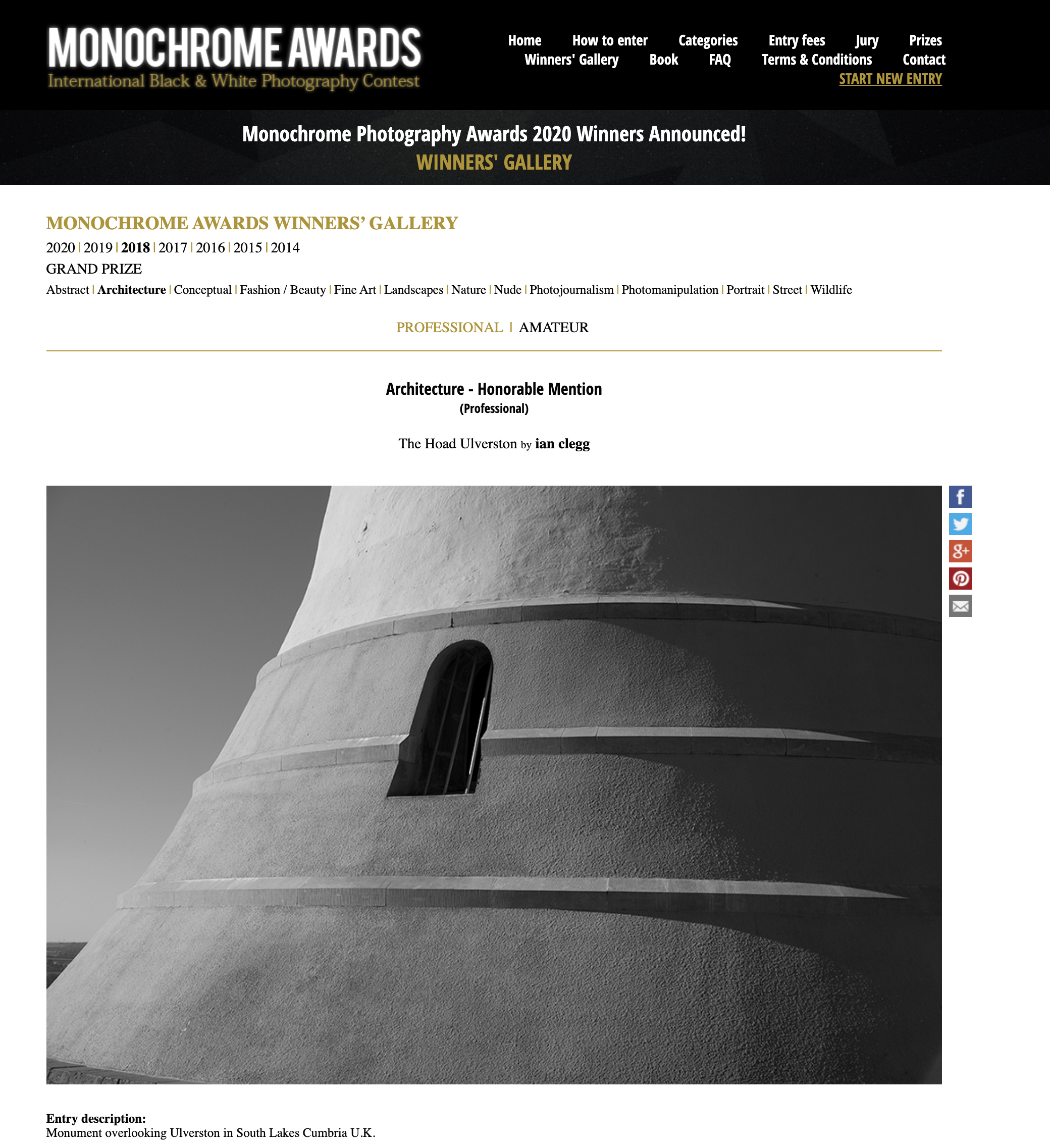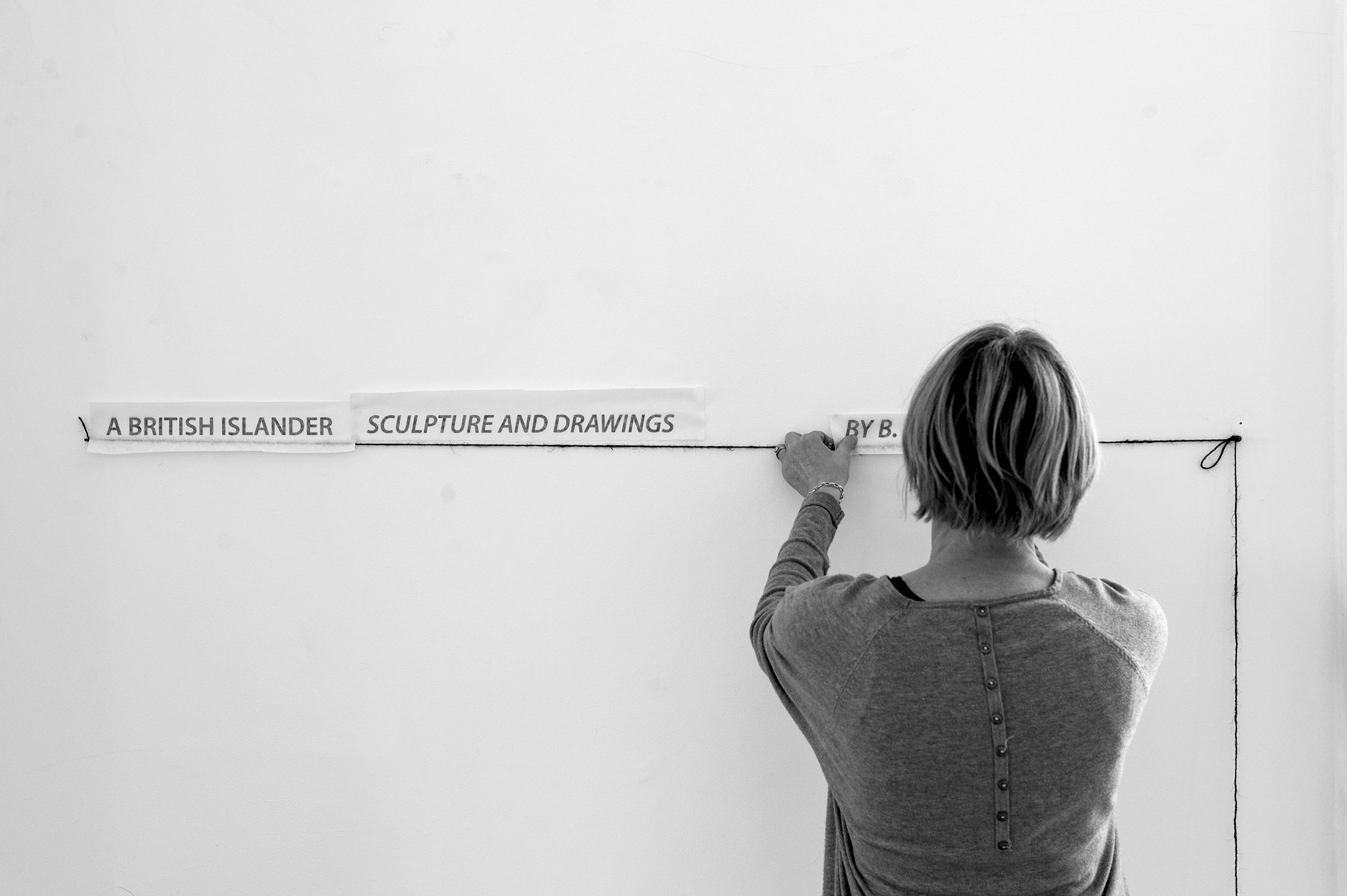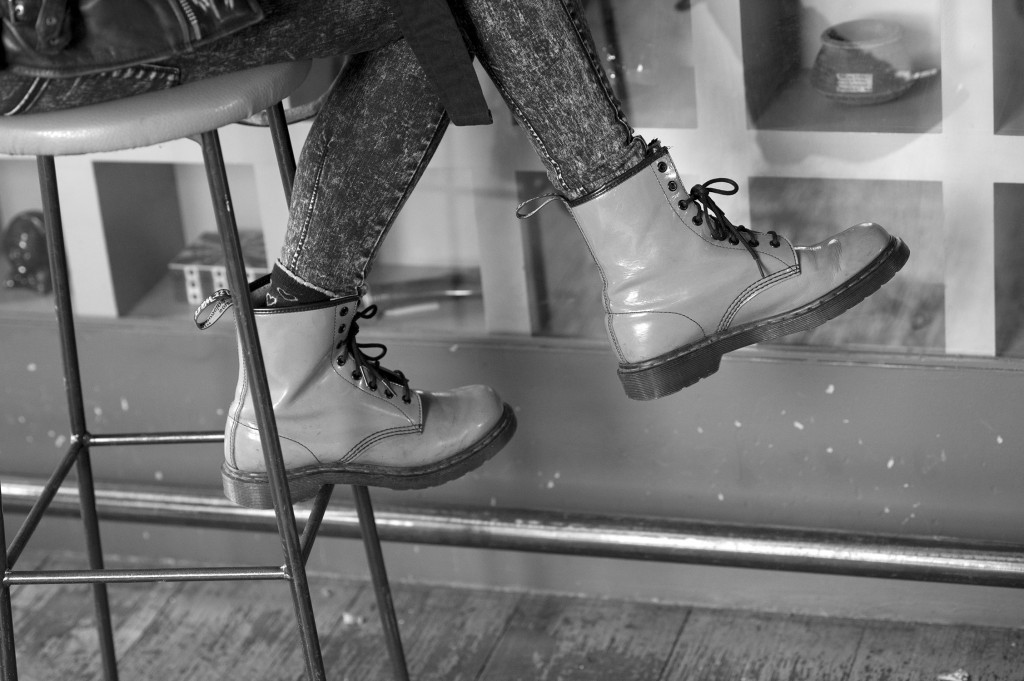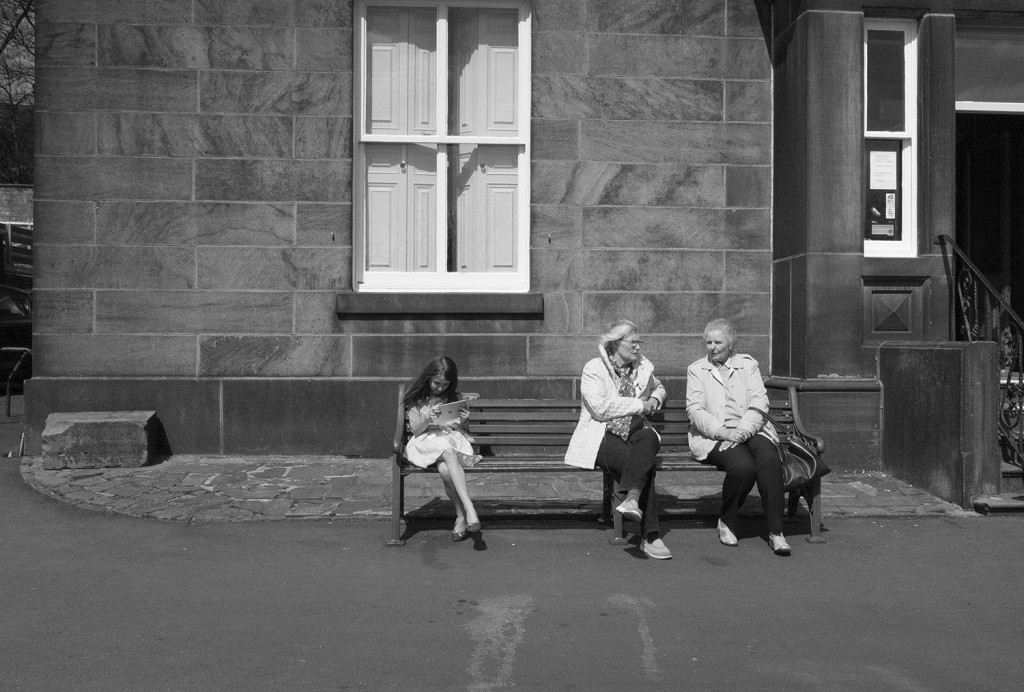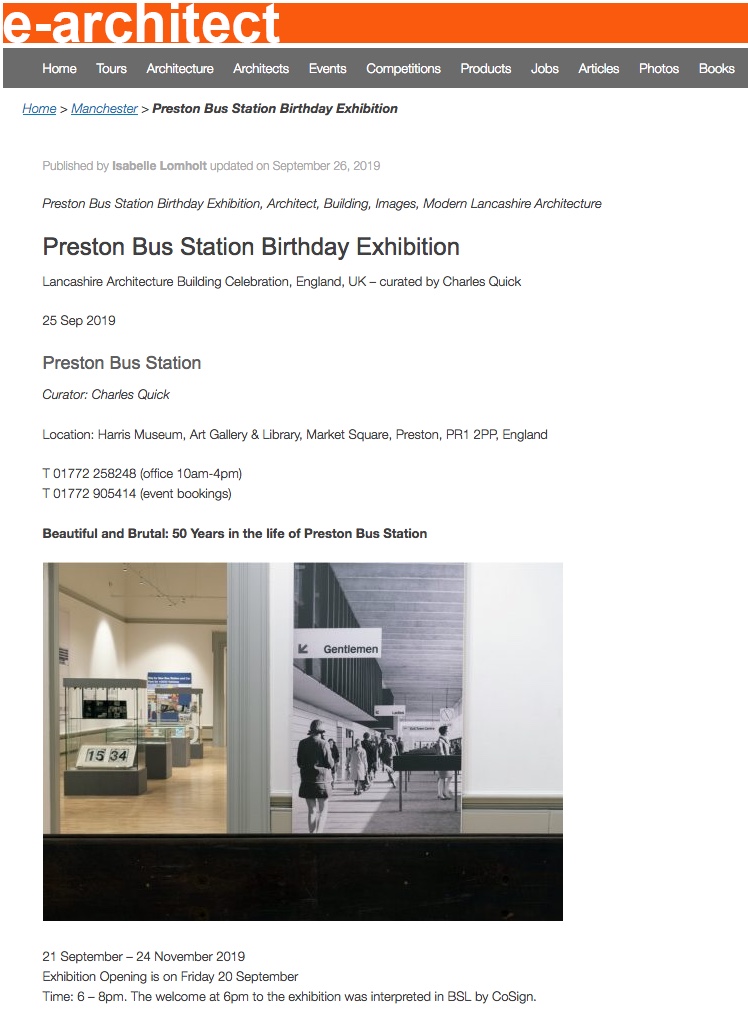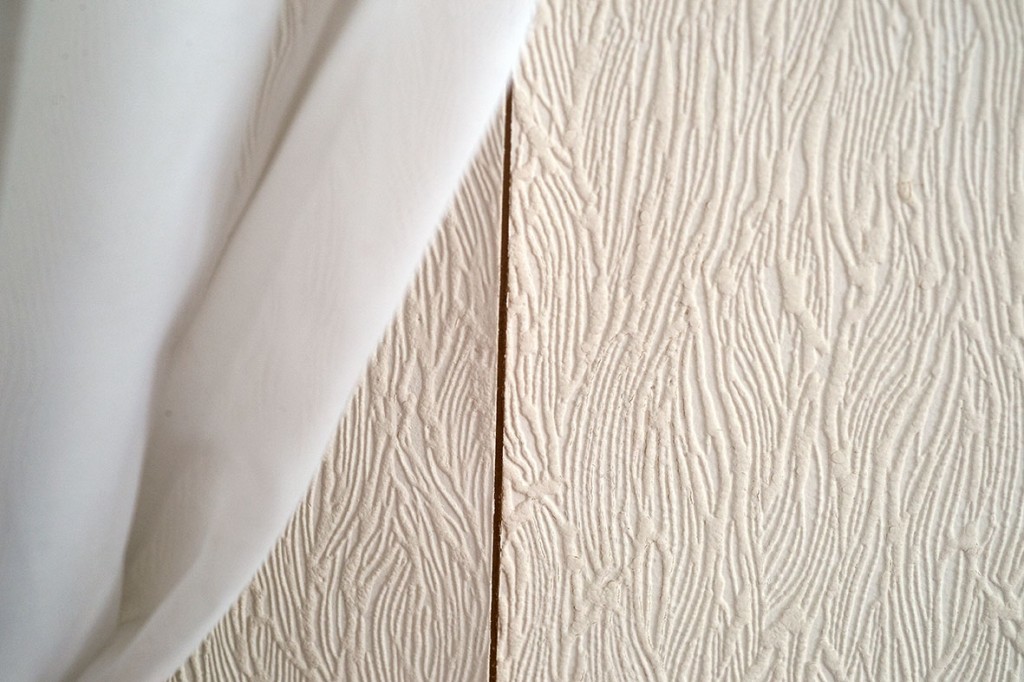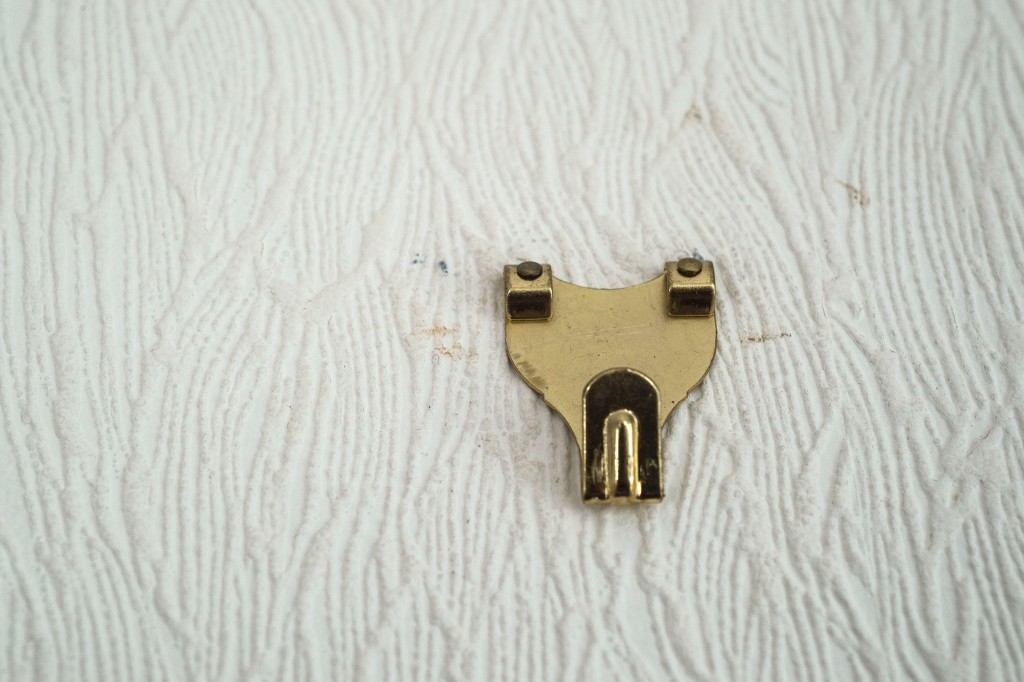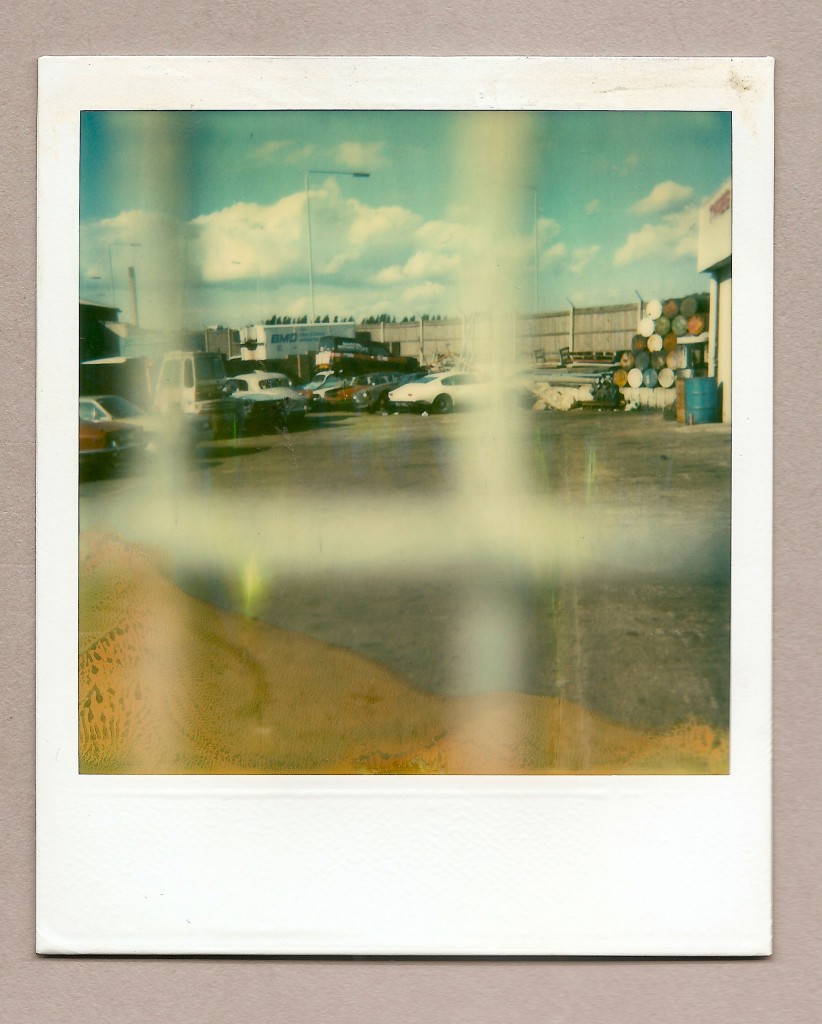
CMV Oct Magazine Cover
Monochrome Architecture Award
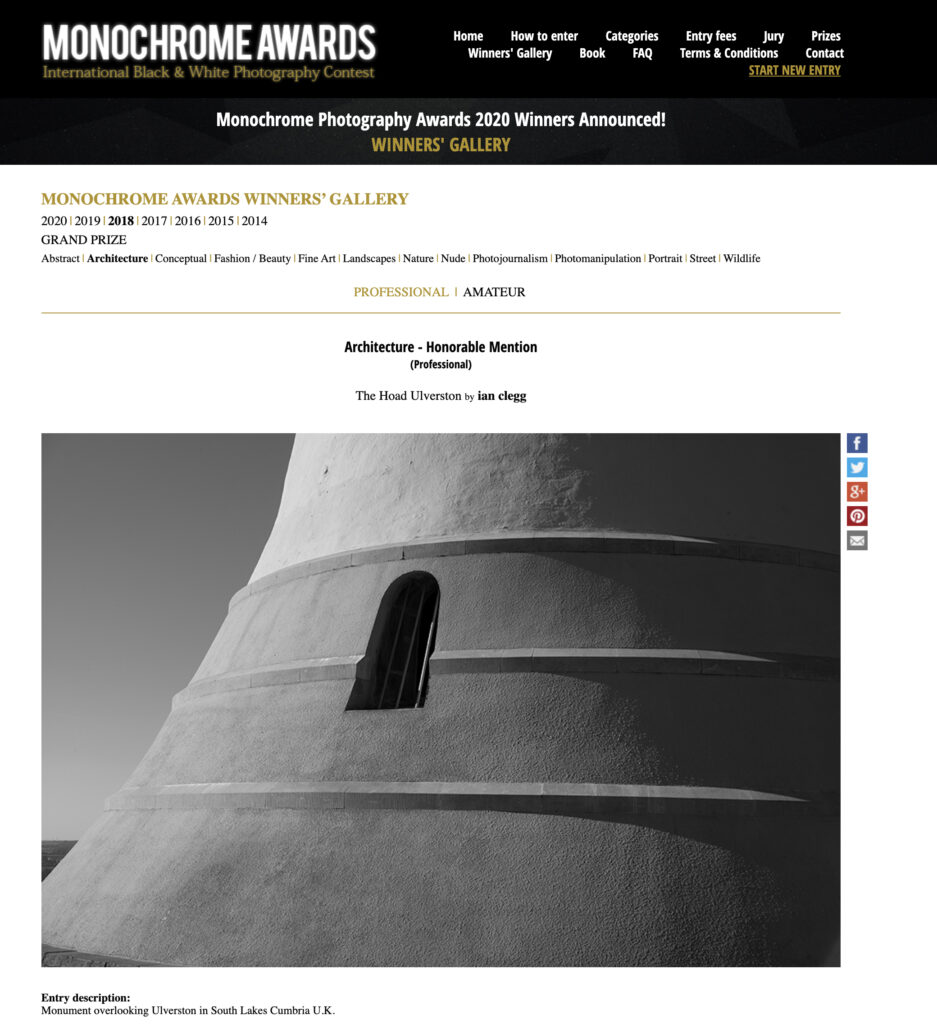
Honourable mention in the Annual Award, Image of ‘The Hoad’ in Ulverston
Northern Soul
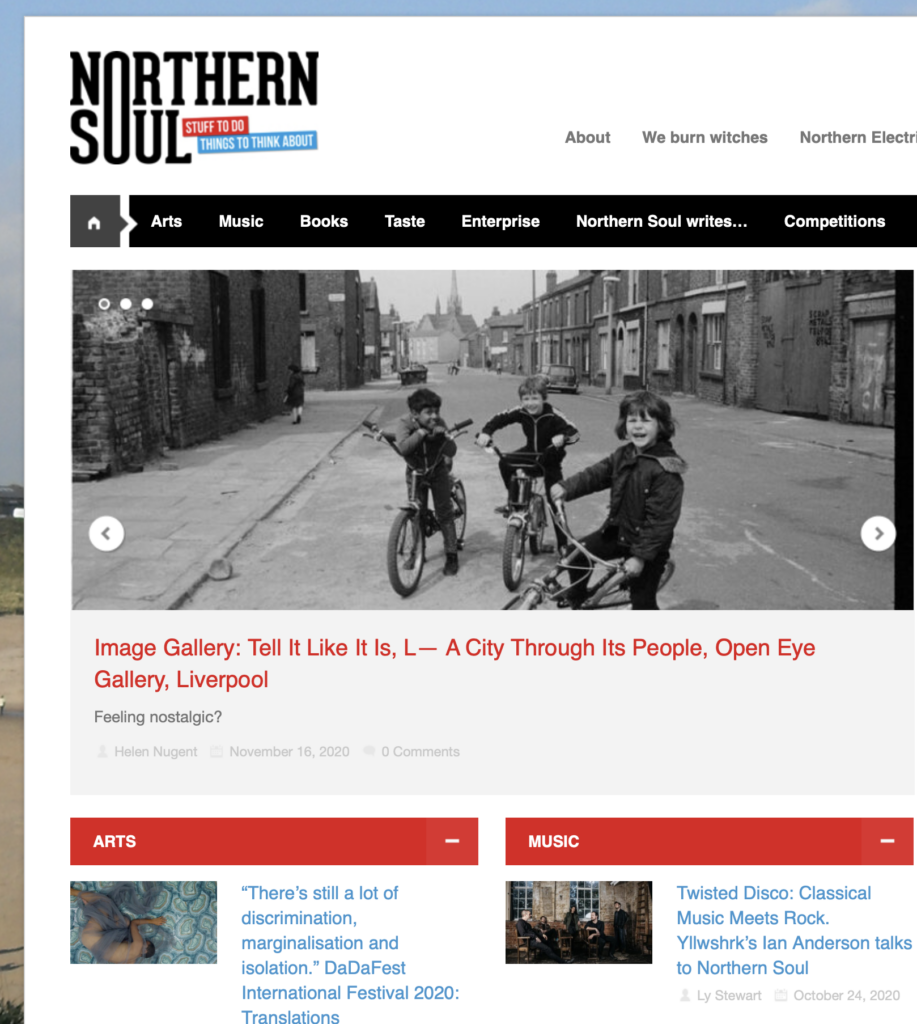
Northern Soul – We talk to the people who work, rest and play in the North of England and scour the region for interesting stories, histories, ambitions and events.
The Awesome Foundation
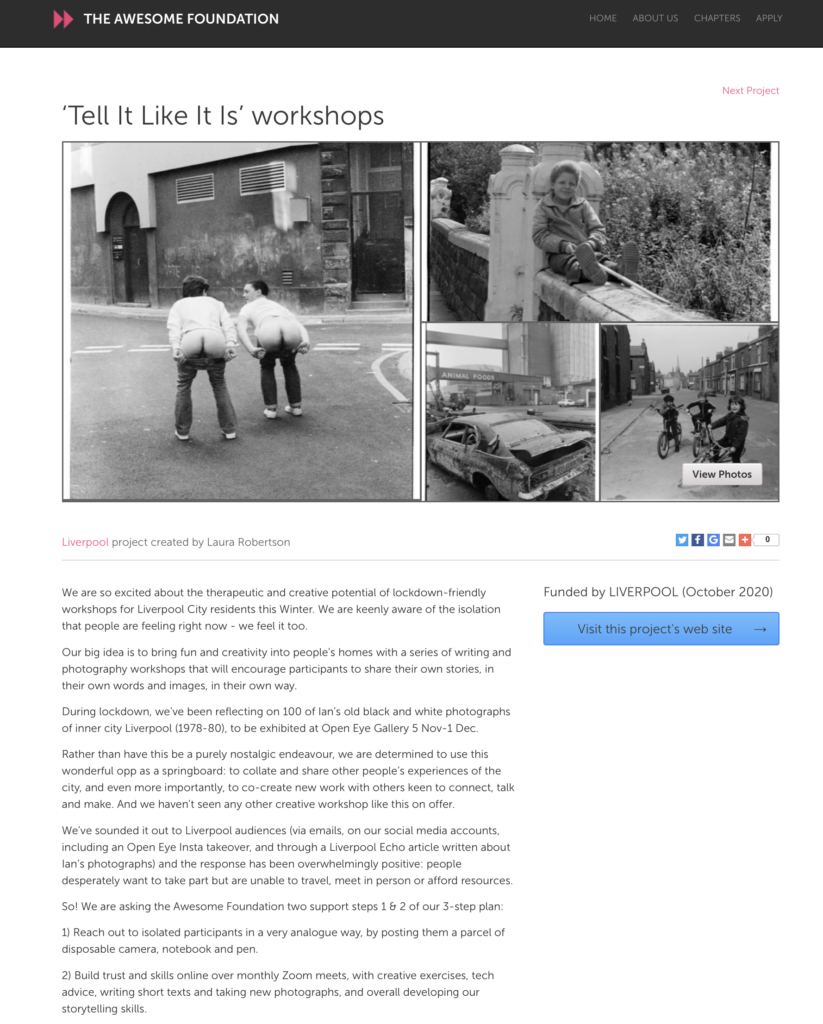
The Awesome Foundation is a global community advancing the interest of awesome in the universe, £500 at a time.
Each fully autonomous chapter supports awesome projects through micro-grants, usually given out monthly. These micro-grants, £500 or the local equivalent, come out of pockets of the chapter’s “trustees” and are given on a no-strings-attached basis to people and groups working on awesome projects.
The Whitaker – An Ethnological project
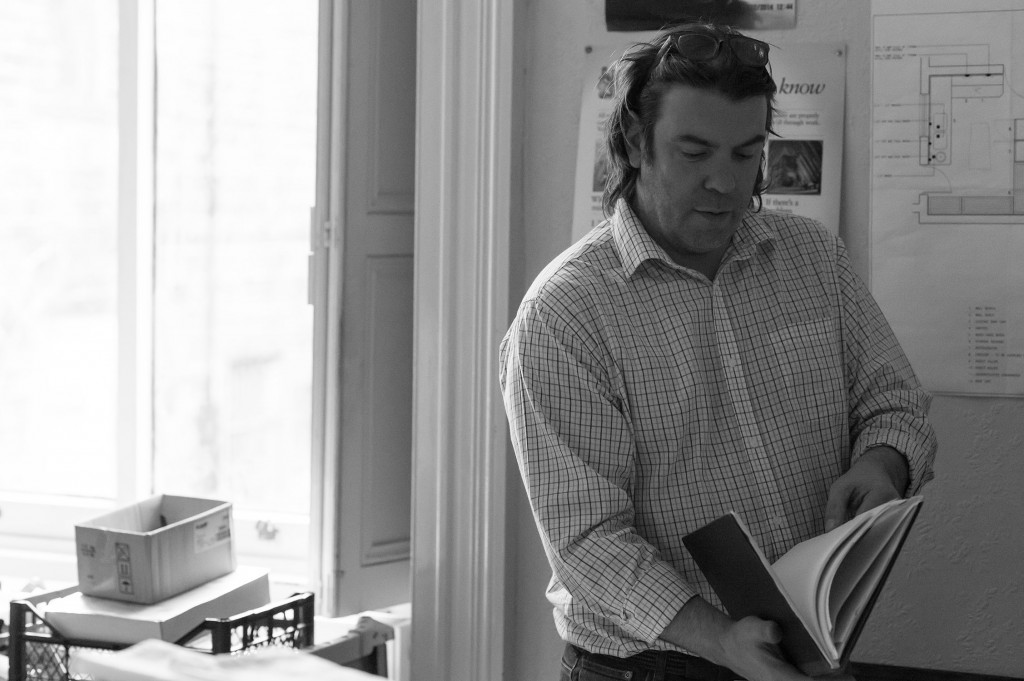 The Whitaker Gallery and Museum, having recently been rescued from closure by three dedicated people, has been my focus of attention for the last couple of months.
The Whitaker Gallery and Museum, having recently been rescued from closure by three dedicated people, has been my focus of attention for the last couple of months.
My evaluation of the project covers not only whether it was a success but whether I have had influence on the outcomes. Not being born in the Rossendale valley and without the local accent, from a reflexivity point of view, I am an outsider. The fact that I am lurking around the place every other day with a camera does makes me stand out like a sore thumb.
Liverpool Echo
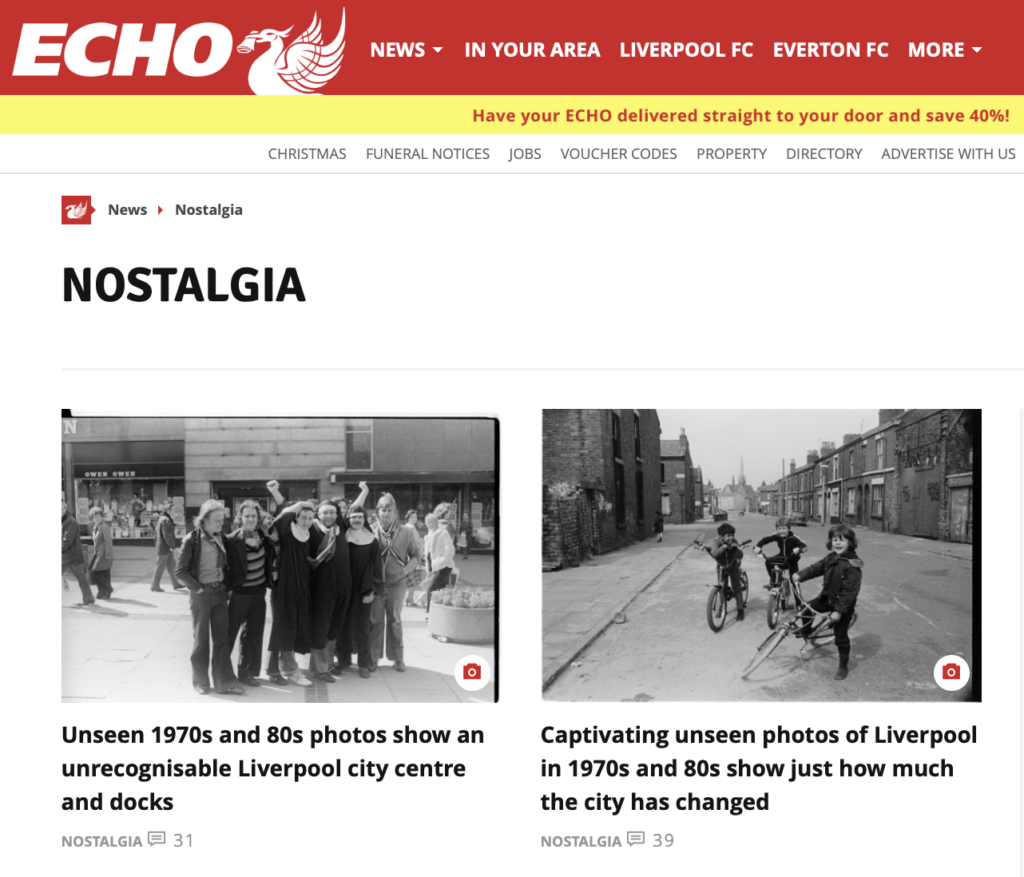
The Liverpool Echo advertises the show at Open Eye Gallery
Double Negative
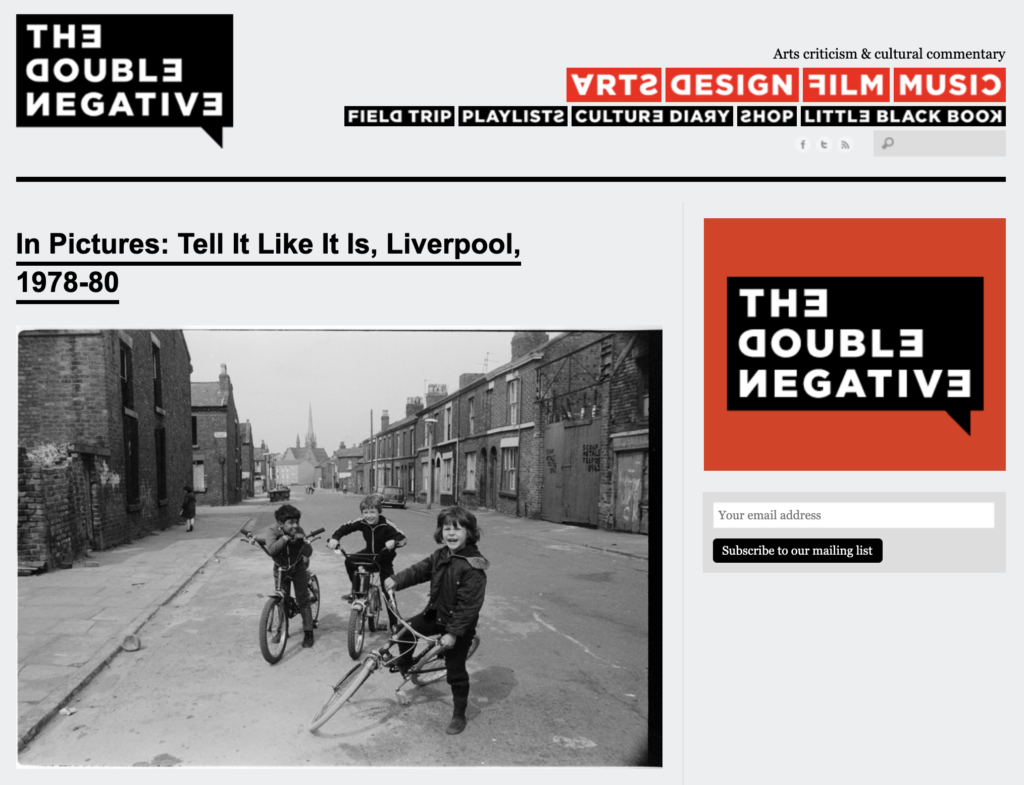
Laura writes a splendid article about the Tell it Like it is show.
E Architect Magazine
The Unseen
The way we hide our faults is exemplified in the home
The home is of course a different meaning – feel for each individual. When a stranger enters with the all showing tool, the camera, when pointed in the right direction it picks the teeth of the question what is home?
Yes we do all know our homes but when challenged by some event needing to display them then the outward view, the face is different we clean polish and tidy. The detail on show is buffed and preened but the hidden is more often than not left to its own devices.
There is a conflict of materialism and worth in my images the real meaning of the Estate agents image is to show off, to exaggerate the home (the homeliness) to such an extreme that the viewer almost expects to be deceived.
My aim is to say that the home is a unique place that is molded and personalised by the owner, it is these very faults and scars in the home that makes it their home. The next owner will no doubt add their own and erase the previous owners marks of distinction.
I see my camera as the Staff Sergeant’s white gloved hand running across the tops of the lockers looking for dust.
Unseen is unseen I move furniture fascinated by the impression of years of one position. The wall paper that doesn’t stretch behind the radiator, the squashed spider long since reduced to dry exoskeleton.
This is what is behind the façade of the estate agent’s photo it is the reality the truth. And not a little amusing that these spaces and crannies exist even in the most doted upon home.
